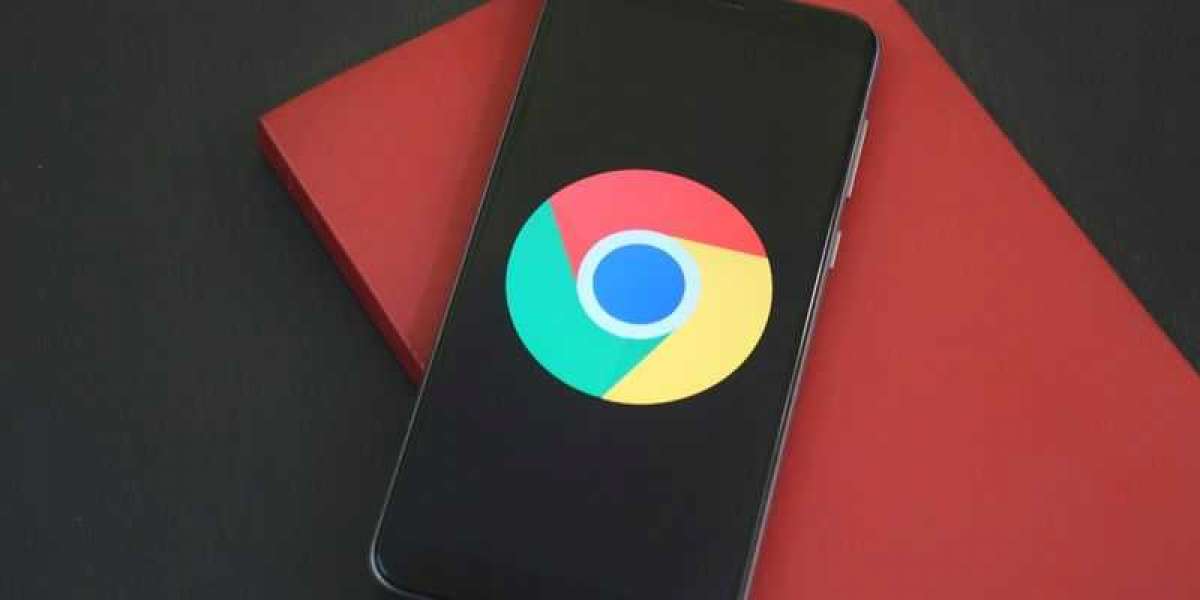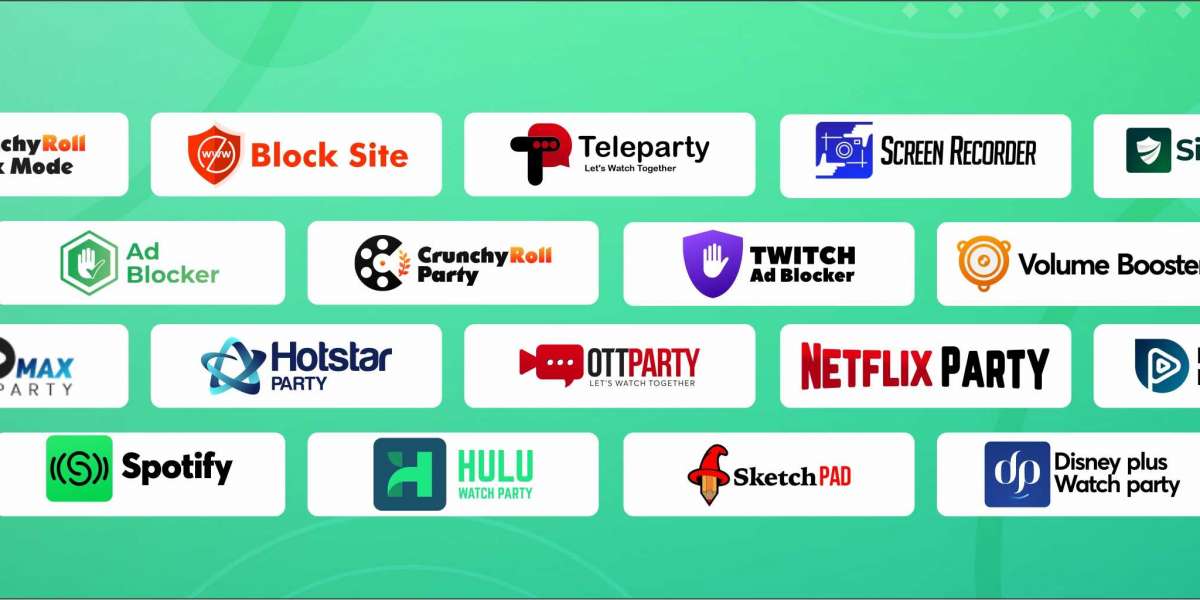It will also have an impact on any biddable inventory across open web, programmatic and social environments, causing advertisers to shift their ad spend. IAB’s Eng predicts clients will move towards private marketplace deals and direct buys, including closed ecosystems including walled gardens and retail media networks.
While shifts in spend will likely come in the future, those advertisers waiting for Google to finally drop the guillotine on third-party cookies before changing their approach are already missing out. Large sections of the ad-supported consumer experience occurs without third-party cookies, whether in browsers that have already ended support like Safari and Firefox or in Chrome with the feature turned off. While the percentage varies by region and device, 40% to 50% of browsing in the U.S. is already cookieless, Feldman estimates.
“What you’ve got is an increasing concentration of spend into a shrinking pool of inventory, and that can raise prices for a while, but if you look at what’s happened to linear television over a decade, that’s going to happen over 18 months in terms of the cookied environments,” he explained.




Mimi 4 w
Okay